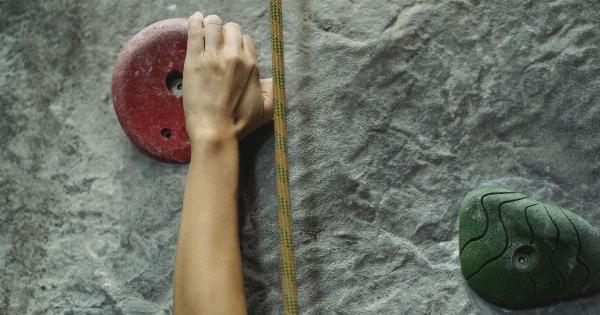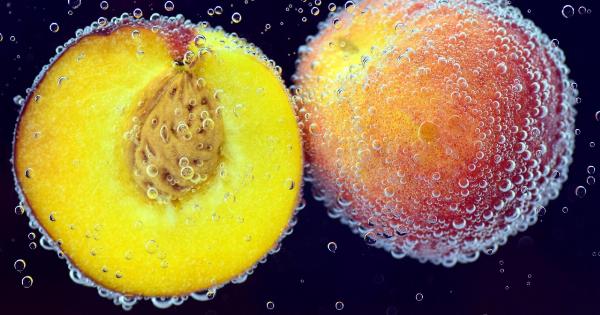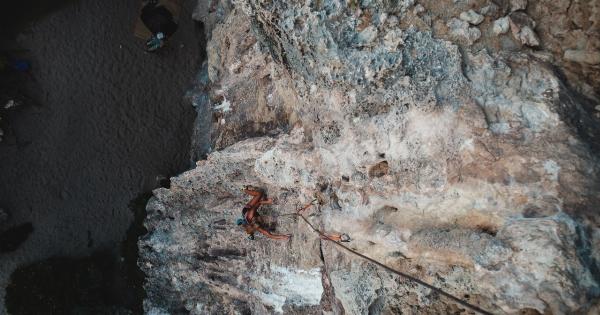Biliary colic refers to a type of abdominal pain that occurs due to gallbladder inflammation or the presence of gallstones. The gallbladder is a small organ located beneath the liver, responsible for storing bile, a digestive fluid.
When the flow of bile is obstructed or if the gallbladder becomes inflamed, it can cause severe pain known as biliary colic. This article explores the causes and symptoms of gallbladder pain, providing insights into the condition and its management.
The Gallbladder and Its Functions
The gallbladder is a pear-shaped organ located on the right side of the abdomen, just beneath the liver. Its primary function is to store and concentrate bile, a yellowish-green fluid produced by the liver.
Bile plays a crucial role in the digestion and absorption of fats. When we consume fatty foods, the gallbladder contracts and releases bile into the small intestine through the common bile duct.
Causes of Biliary Colic
Biliary colic most commonly occurs as a result of gallstones. Gallstones are small, pebble-like formations that develop within the gallbladder. These stones can range in size and number, and they often cause no symptoms.
However, if a gallstone blocks the flow of bile from the gallbladder, it can lead to biliary colic. Other causes of gallbladder pain include:.
- Biliary dyskinesia: A condition characterized by abnormal gallbladder emptying due to malfunction of the muscles involved in contraction.
- Gallbladder inflammation: Also known as cholecystitis, this condition occurs when the gallbladder becomes swollen and irritated.
- Bile duct blockage: This may result from tumors, strictures, or other conditions that obstruct the flow of bile.
Symptoms of Biliary Colic
The primary symptom of biliary colic is severe and sporadic pain in the upper abdomen or right side of the torso, below the rib cage. The pain typically lasts for several hours, often radiating towards the back or right shoulder.
Other common symptoms associated with biliary colic include:.
- Nausea and vomiting
- Indigestion or bloating
- Intolerance to fatty foods
- Yellowing of the skin or eyes (jaundice) may indicate a more serious underlying condition
Diagnosing Biliary Colic
If you experience symptoms of biliary colic, it is important to consult a healthcare professional for an accurate diagnosis. During a physical examination, the doctor may check for tenderness in the abdomen and perform various tests, including:.
- Blood tests: These may reveal elevated levels of certain enzymes, as well as signs of infection or inflammation.
- Ultrasound: This imaging test uses sound waves to create an image of the gallbladder and detect the presence of gallstones or inflammation.
- Cholescintigraphy (HIDA scan): This nuclear medicine test involves injecting a radioactive substance to evaluate the gallbladder’s emptying and overall function.
Treatment Options for Biliary Colic
The management of biliary colic depends on the underlying cause. In the case of gallstones, treatment options may include:.
- Watchful waiting: If the gallstones are not causing any symptoms, the doctor may opt for a conservative approach and monitor the condition.
- Lifestyle changes: Adopting a healthy diet low in fat and including exercise can help alleviate symptoms and prevent further stone formation.
- Medication: Certain medications, such as ursodeoxycholic acid, can be prescribed to dissolve gallstones. However, this process may take months or even years.
- Surgical intervention: In some cases, surgery may be recommended to remove the gallbladder (cholecystectomy) if the symptoms are severe or recurrent.
Preventing Biliary Colic
While it may not be possible to prevent biliary colic entirely, certain lifestyle choices may help reduce the risk of developing gallstones or experiencing gallbladder pain. These include:.
- Eating a healthy diet: Focus on consuming a balanced diet rich in fruits, vegetables, whole grains, and lean proteins while limiting fatty and processed foods.
- Maintaining a healthy weight: Obesity is a significant risk factor for gallstone formation, so maintaining a healthy weight can reduce the likelihood of biliary colic.
- Exercising regularly: Engaging in regular physical activity can aid digestion and prevent the stagnation of bile in the gallbladder.
- Drinking plenty of water: Staying hydrated can help dilute bile and promote its smooth flow through the gallbladder.
Conclusion
Biliary colic is a painful condition caused by gallbladder inflammation or the presence of gallstones. It leads to intermittent, severe pain in the upper abdomen or right side of the torso.
Prompt diagnosis and appropriate treatment are necessary to manage biliary colic effectively. While surgical intervention may be required in severe cases, adopting a healthy lifestyle and making dietary changes can help prevent the development of gallstones and reduce the risk of biliary colic.





























